Urogynaecological physiotherapy is immensely helpful in addressing problems of:
- menstrual cramps
- pain during intercourse
- pelvis minor pain syndromes
- urinary incontinence before pregnancy, after childbirth and at any stage of life
- urinary urgency
- bowel incontinence
- lowering of reproductive organs
- as preparation for gynaecological procedures
- physiotherapy after gynaecological procedures
During therapy, several physiotherapeutic methods are used, i.e:
- Palpation of the pelvic floor muscles (per vaginam or per rectum) – a method that allows to determine the work of the individual pelvic floor muscles (their tenderness, elasticity, tension), and to evaluate according to the international Perfect scale how well the pelvic floor muscles are activated.
- Sonofeedback ultrasound – a method using ultrasound to assess muscles’ function and teach their correct activation.
- Respiratory re-education – essential for the correct functioning of the abdominal prelum, the diaphragm, resulting in the correct functioning of the pelvic floor muscles.
- Hypopressure exercises – specialised breathing exercises to improve respiratory control, reduce or equalise pelvic pressure, abdominal pressure, relieving pressure on pelvic floor tissues and improving abdominal function after childbirth.
- Electrostimulation – a technique using an electrostimulation apparatus which, thanks to the application of suitable electrical impulses, induces contraction of the muscles of the pelvic floor (strengthening or relaxing them) and promotes the regeneration and restoration of reflexes.
- Manual, fascial and osteopathic therapy – bodywork techniques during which the pattern system is remodelled, normalising tensions in the pelvic floor and the whole body. The therapy includes internal work per vaginam, per rectum and external work on the body integuments.
- Taping – appropriate plasters applied to the skin to support the therapy process of a particular area.
- Patient education – a very important element in therapy to aid recovery. Correct micturition, defecation, lifting, standing up, sitting and walking are essential to the therapy process and support its positive effects. These are every-day activities and, if done incorrectly, can hinder patient’s recovery and contribute to the recurrence of the problem.
- Exercises – as an additional form of assistance in the recovery process. Individually tailored exercises, enjoyable for the patient, activating patient’s participation to ensure faster healing and positive therapy results.







 Registration from 8:00 am to 9:00 pm
Registration from 8:00 am to 9:00 pm On-line registration 24/7
On-line registration 24/7